Roman Gold Bust of Antoninus Pius in Silver Brooch 1st century AD A gold repoussé profile bust of the emperor Antoninus Pius (fl.138-161 AD) with laurel leaf to the hair; in a possibly late silver plate brooch with voided frontal plate decorated with a frieze of fish and rosettes, ropework border, domed heads of four fixing pins; central void with inset later plaque to the reverse with hinged pin and catch. 15 grams, 47mm (1 3/4"). Very fine condition. Extremely rare. Provenance Property of a German lady living in London; acquired London, UK, in the early 1990s. Supplied with a positive X-Ray Fluorescence metal analysis certificate. Accompanied by an Art Loss Register certificate. Literature See Hattatt, R. Iron Age and Roman Brooches, Oxford, 1985, item 643 for type. Footnotes Antoninus Pius was emperor of Rome from 138 to 161 AD, and coming from a distinguished and prominent family in Rome. As a boy Antoninus grew up at the family estate at Lorium in southern Etruria, roughly ten miles to the west of Rome. He was raised first by his paternal grandfather, as his father died when he was still young. On the death of this grandfather, the maternal grandfather took charge of him. Inheriting the wealth of both his grandfathers made Antoninus one of the richest men in Rome. He embarked on the traditional career for a senator, climbing the ladder of various offices, achieving the post of quaestor, then praetor, and in 120 AD becoming consul under Hadrian. After this Hadrian chose him to be one of the four high judges who administered law in Italy. From 135 to 136 he served as governor of the province of Asia.He gained a reputation as a shrewd and fair governor whilst in this post, and upon his return to Rome was appointed to the Imperial Council, a body of imperial advisers. Despite his impressive political career he had no experience of military involvement whatsoever. In 138 AD Hadrian, who was increasingly suffering from failing health, formerly adopted him as his successor. At the death of Hadrian, Antoninus' succession to the throne was a seamless, peaceful event with no opposition from the aristocracy. The officials of Hadrian's government remained largely unchanged. Antoninus, if already respected before his accession, quickly won the goodwill of the senators, for being a moderate ruler, who was respectful of the ancient institution of the senate. Antoninus won renown for being a mild and compassionate ruler; he established new laws, protecting slaves from cruelty and abuse, and when his wife, Faustina, died in late 140 or early 141 AD he founded in her memory the Puellae Faustinianae, a charitable institution for the daughters of the poor. A rebellion in Roman Britain was suppressed, and in 142 AD a thirty six mile garrisoned barrier, called the Antonine Wall, was built to extend the Roman frontier some one hundred miles north of Hadrian’s Wall. Antoninus’ armies contained revolts in Mauritania, Germany, Dacia, and Egypt. One highlight during his reign occurred in 148 AD, with the nine-hundredth anniversary of the foundation of Rome being celebrated by the hosting of magnificent games in Rome. While this increased Antoninus’s popularity, the frugal Emperor had to debase the Roman currency. Antoninus became increasingly frail and named Marcus Aurelius as his successor and legitimised the succession by marrying his daughter, Faustina the Younger, to the future Emperor. Antoninus Pius died on 7 March 161 AD and elaborate funeral ceremonies were held in Rome with his remains being buried in the Mausoleum of Hadrian. A column was dedicated to Antoninus on the Campus Martius, and the temple he had built in the Forum in 141 AD to his deified wife Faustina was rededicated to the deified Faustina and the deified Antoninus. It survives as the church of San Lorenzo in Miranda. Sprache auswählenDeutschAfrikaansAlbanischAmharischArabischArmenischAserbaidschanischBaskischBengalischBirmanischBosnischBulgarischCebuanoChichewaChinesisch (tra
Roman Gold Bust of Antoninus Pius in Silver Brooch 1st century AD A gold repoussé profile bust of the emperor Antoninus Pius (fl.138-161 AD) with laurel leaf to the hair; in a possibly late silver plate brooch with voided frontal plate decorated with a frieze of fish and rosettes, ropework border, domed heads of four fixing pins; central void with inset later plaque to the reverse with hinged pin and catch. 15 grams, 47mm (1 3/4"). Very fine condition. Extremely rare. Provenance Property of a German lady living in London; acquired London, UK, in the early 1990s. Supplied with a positive X-Ray Fluorescence metal analysis certificate. Accompanied by an Art Loss Register certificate. Literature See Hattatt, R. Iron Age and Roman Brooches, Oxford, 1985, item 643 for type. Footnotes Antoninus Pius was emperor of Rome from 138 to 161 AD, and coming from a distinguished and prominent family in Rome. As a boy Antoninus grew up at the family estate at Lorium in southern Etruria, roughly ten miles to the west of Rome. He was raised first by his paternal grandfather, as his father died when he was still young. On the death of this grandfather, the maternal grandfather took charge of him. Inheriting the wealth of both his grandfathers made Antoninus one of the richest men in Rome. He embarked on the traditional career for a senator, climbing the ladder of various offices, achieving the post of quaestor, then praetor, and in 120 AD becoming consul under Hadrian. After this Hadrian chose him to be one of the four high judges who administered law in Italy. From 135 to 136 he served as governor of the province of Asia.He gained a reputation as a shrewd and fair governor whilst in this post, and upon his return to Rome was appointed to the Imperial Council, a body of imperial advisers. Despite his impressive political career he had no experience of military involvement whatsoever. In 138 AD Hadrian, who was increasingly suffering from failing health, formerly adopted him as his successor. At the death of Hadrian, Antoninus' succession to the throne was a seamless, peaceful event with no opposition from the aristocracy. The officials of Hadrian's government remained largely unchanged. Antoninus, if already respected before his accession, quickly won the goodwill of the senators, for being a moderate ruler, who was respectful of the ancient institution of the senate. Antoninus won renown for being a mild and compassionate ruler; he established new laws, protecting slaves from cruelty and abuse, and when his wife, Faustina, died in late 140 or early 141 AD he founded in her memory the Puellae Faustinianae, a charitable institution for the daughters of the poor. A rebellion in Roman Britain was suppressed, and in 142 AD a thirty six mile garrisoned barrier, called the Antonine Wall, was built to extend the Roman frontier some one hundred miles north of Hadrian’s Wall. Antoninus’ armies contained revolts in Mauritania, Germany, Dacia, and Egypt. One highlight during his reign occurred in 148 AD, with the nine-hundredth anniversary of the foundation of Rome being celebrated by the hosting of magnificent games in Rome. While this increased Antoninus’s popularity, the frugal Emperor had to debase the Roman currency. Antoninus became increasingly frail and named Marcus Aurelius as his successor and legitimised the succession by marrying his daughter, Faustina the Younger, to the future Emperor. Antoninus Pius died on 7 March 161 AD and elaborate funeral ceremonies were held in Rome with his remains being buried in the Mausoleum of Hadrian. A column was dedicated to Antoninus on the Campus Martius, and the temple he had built in the Forum in 141 AD to his deified wife Faustina was rededicated to the deified Faustina and the deified Antoninus. It survives as the church of San Lorenzo in Miranda. Sprache auswählenDeutschAfrikaansAlbanischAmharischArabischArmenischAserbaidschanischBaskischBengalischBirmanischBosnischBulgarischCebuanoChichewaChinesisch (tra
.jpg)
.jpg)
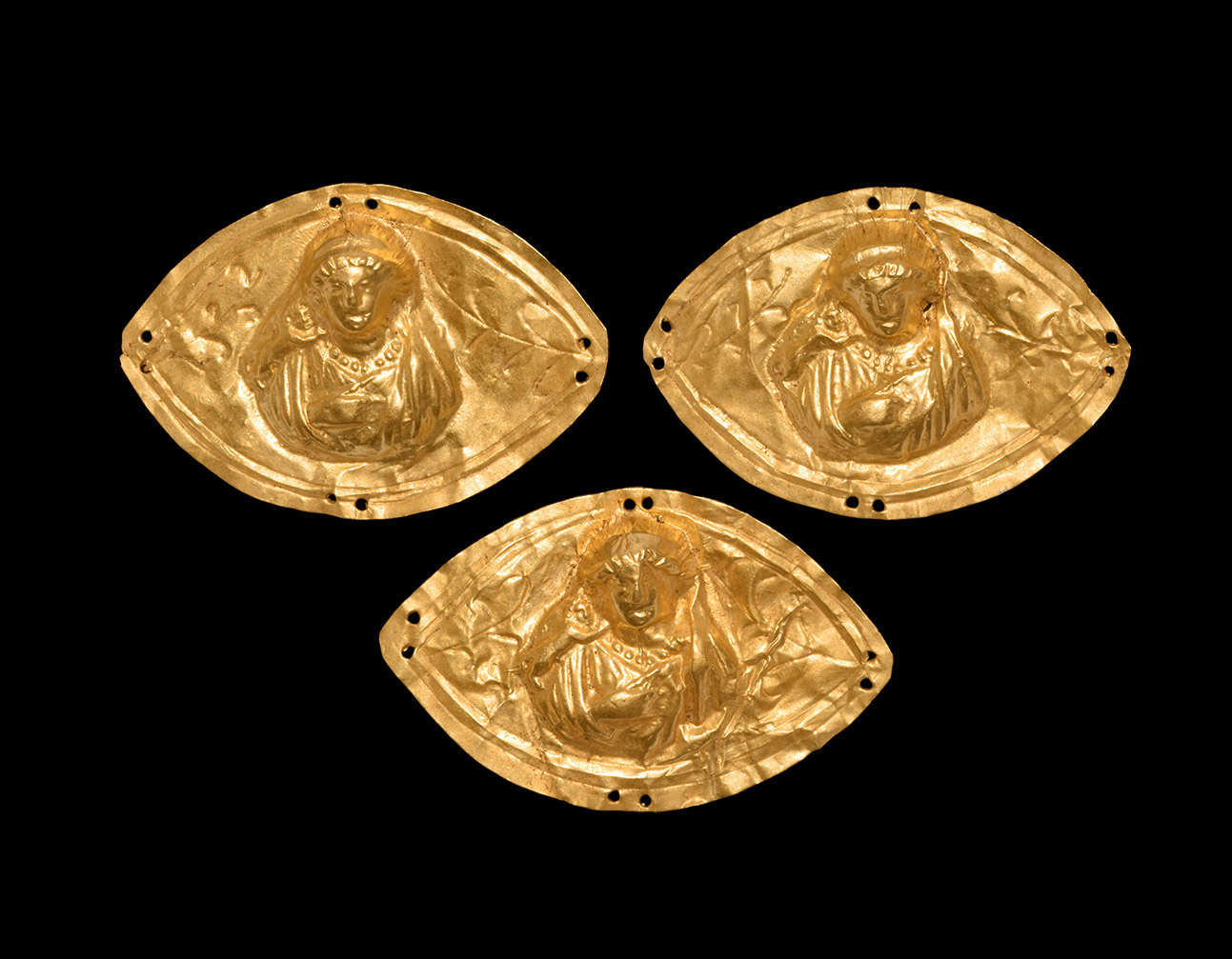


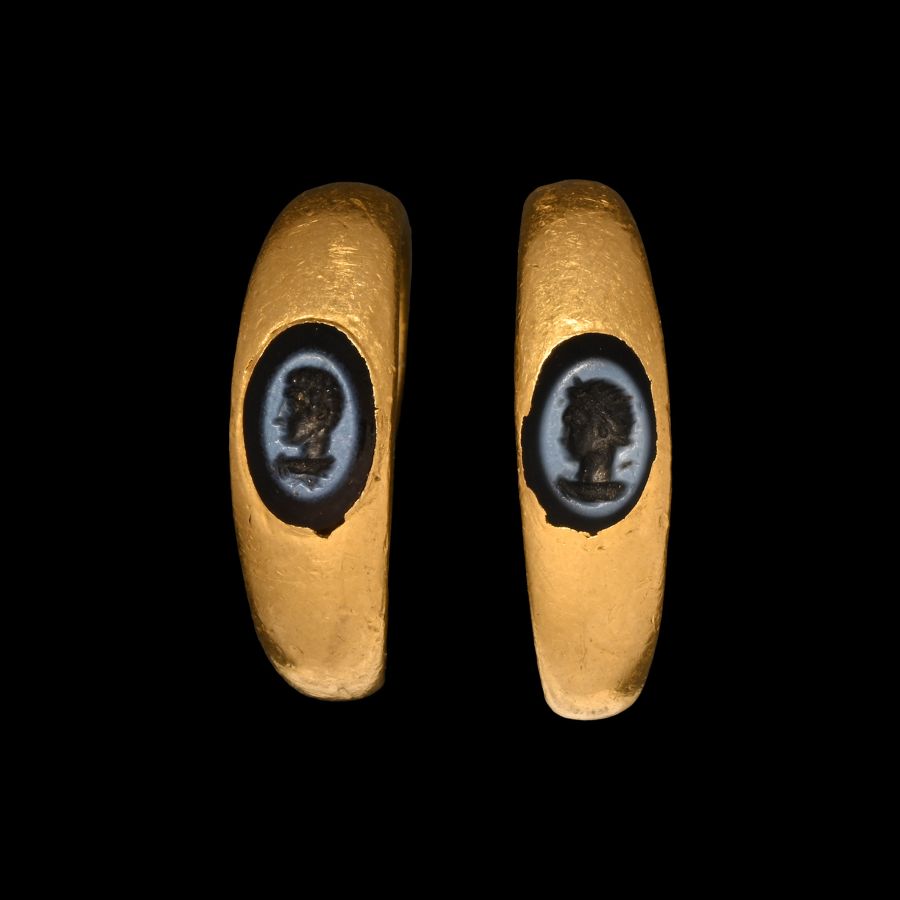


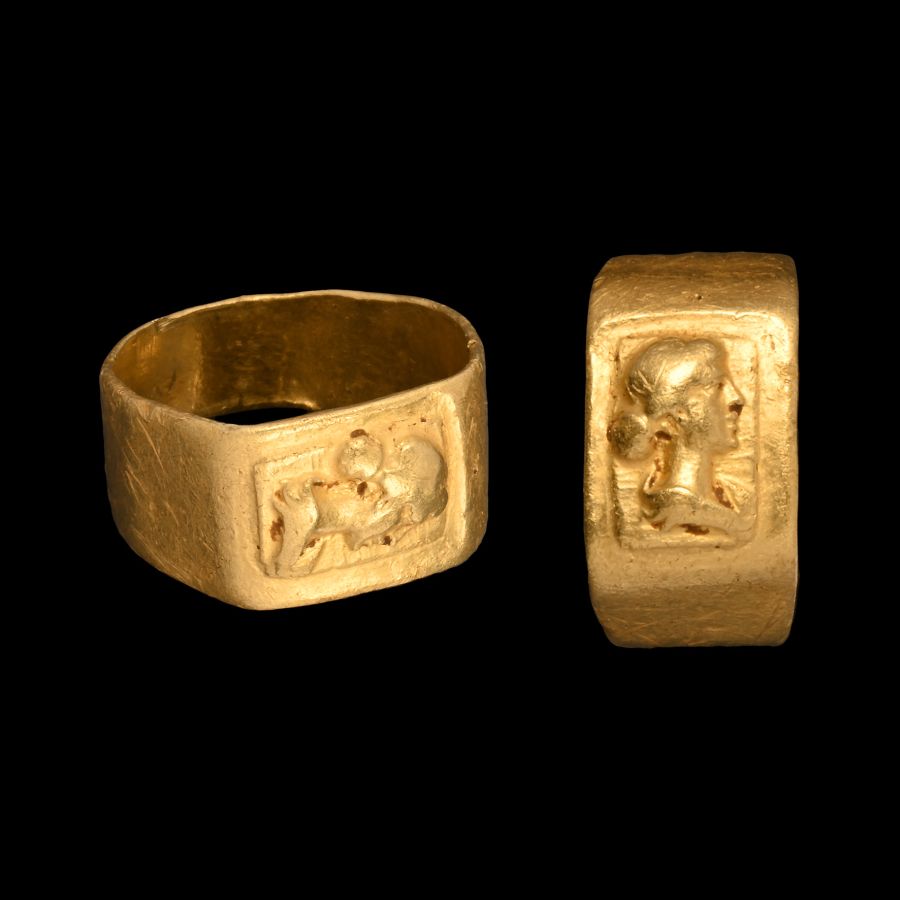


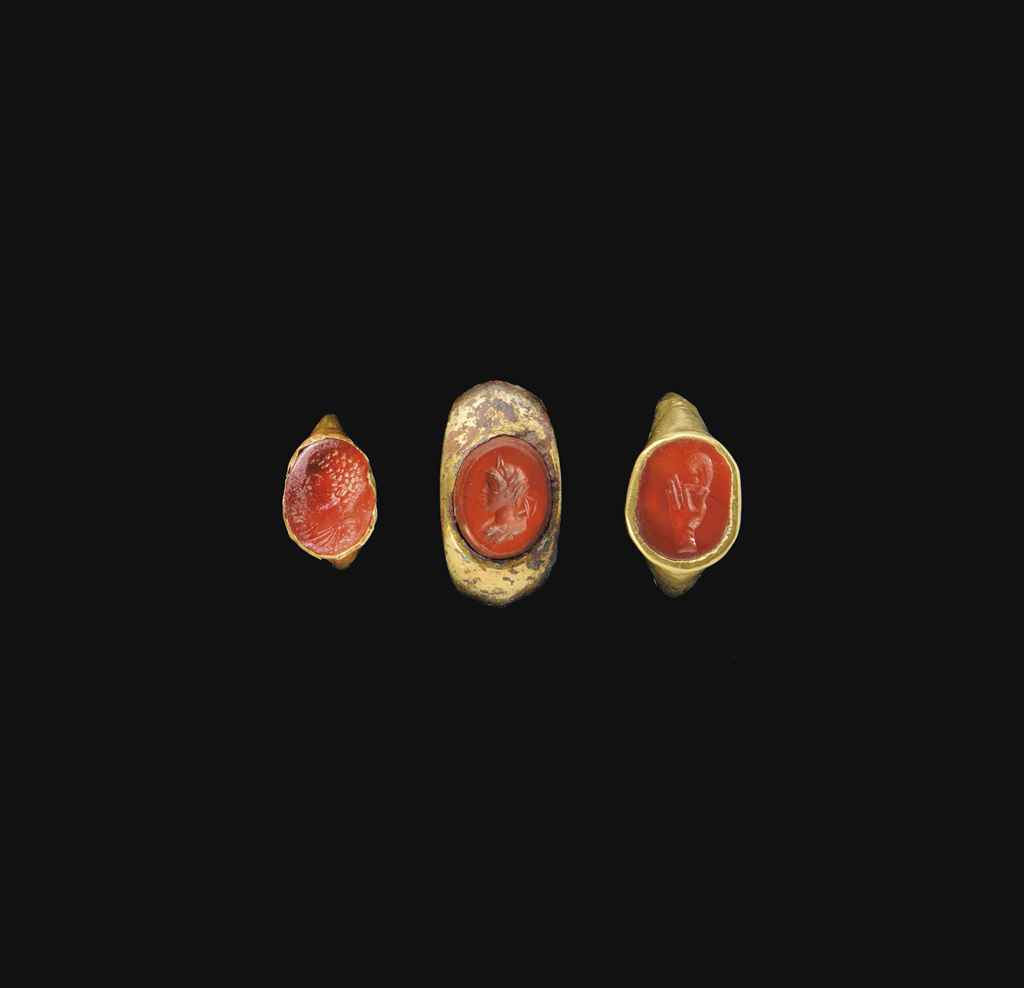

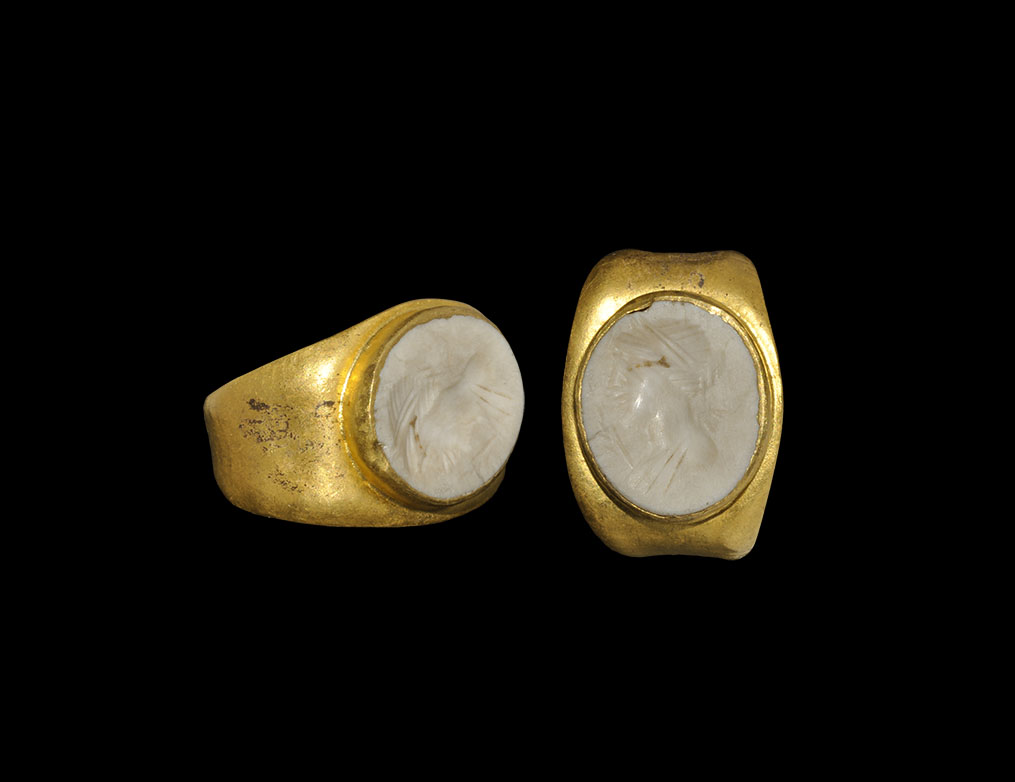

Try LotSearch and its premium features for 7 days - without any costs!
Be notified automatically about new items in upcoming auctions.
Create an alert